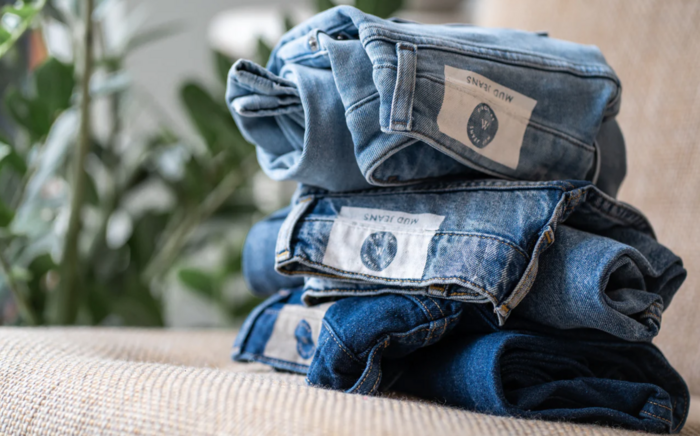The global fashion industry is undergoing yet another seismic shift. In 2025, the United States introduced a new wave of reciprocal tariffs on textile and apparel imports, shaking the foundations of existing sourcing models and forcing brands to reconsider their geographic dependencies.
These tariffs, which range from 10% to as high as 245% for specific countries, are part of a broader strategy to incentivize domestic production and rebalance trade dynamics. The implications, however, stretch far beyond U.S. borders. For fashion brands and retailers—already adapting to post-pandemic consumer behaviors and sustainability expectations—the new rules present both a challenge and an opportunity.
Supply Chain Volatility Meets Policy Shock
Fashion, traditionally a globally interlinked ecosystem, thrives on efficiency and cost control. Tariff impositions disrupt both. Bangladesh, Vietnam, and India—all key players in the mid-to-low-cost fashion segments—now face steep cost escalations when exporting to the U.S. Meanwhile, Chinese factories supplying retailers like Shein are reportedly shutting down operations in response to lost margins and canceled contracts.
This disruption is not without ripple effects. Compressed lead times and lower price points—cornerstones of the fast fashion model—may no longer be viable at the scale once seen. Brands now must either absorb the cost increases, pass them on to consumers, or recalibrate their sourcing strategies altogether.
Türkiye’s Value Proposition in a Changing Trade Climate
Amid the tariff turbulence, Türkiye has emerged as a relatively stable alternative. With only a 10% U.S. tariff rate increase, the country remains competitively positioned due to its established textile infrastructure, skilled workforce, and proximity to both European and Middle Eastern markets. Türkiye’s advantage lies not just in geography, but in its ability to balance speed, quality, and ethical compliance—a rare trifecta in today’s textile landscape.
What’s at Stake for Sustainability?
The new trade barriers threaten to derail recent sustainability gains. Higher costs often lead companies to deprioritize eco-friendly materials and ethical labor sourcing in favor of protecting margins. Yet, abandoning these goals could prove shortsighted. Consumer sentiment, especially among Gen Z and millennial cohorts, increasingly favors transparency, environmental accountability, and circular business models.
Already, many fashion players are behind on their 2030 decarbonization targets. With added financial strain from tariffs, some may further delay climate commitments. However, brands that maintain focus on sustainability despite headwinds may gain long-term advantage—not just in brand equity but in regulatory resilience.
Navigating a Multi-Speed Fashion Economy
The rise of ultrafast fashion platforms like Shein and Temu—relying on algorithmic trend mapping, micro-production models, and app-driven consumer engagement—complicates the landscape. These companies are redefining scale, speed, and price elasticity in fashion retail. But their success also puts pressure on competitors to cut corners on sustainability in order to compete.
To stay competitive without compromising values, brands must evolve. Agile supply chain diversification, digital product design, responsible nearshoring, and data-informed demand forecasting are no longer optional—they are essential.
Conclusion: The New Rules of Fashion Engagement
Tariffs are more than taxes; they are signals. In 2025, they are signaling a need to rethink global sourcing not just through the lens of economics, but through ethics, ecology, and resilience. As the fashion sector adapts to this new normal, those who embrace strategic transformation with sustainability at the core will define the future of global apparel.
The runway is changing. The question is—who will keep pace?

 Back to Blog
Back to Blog










